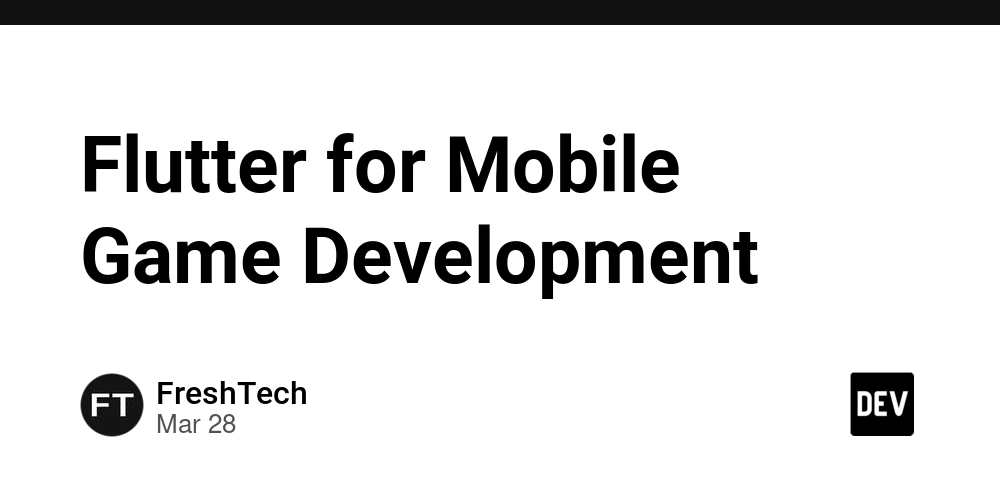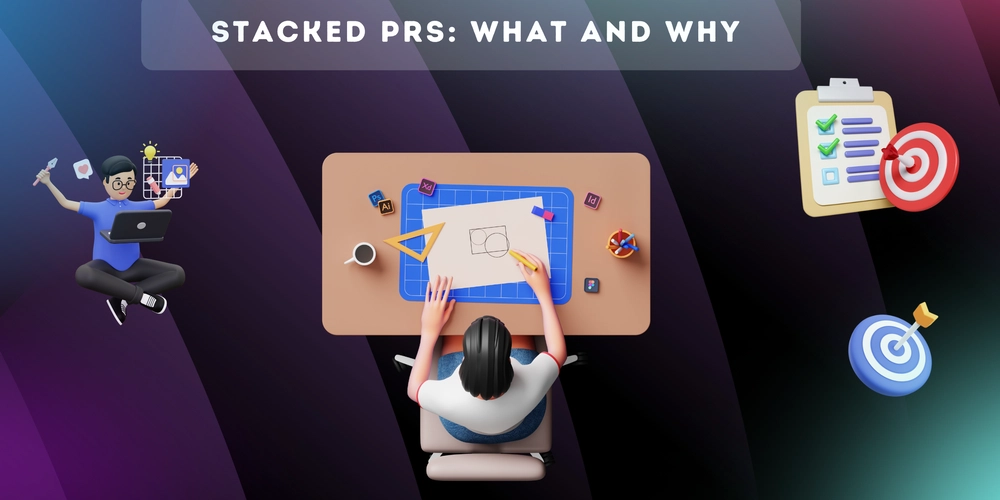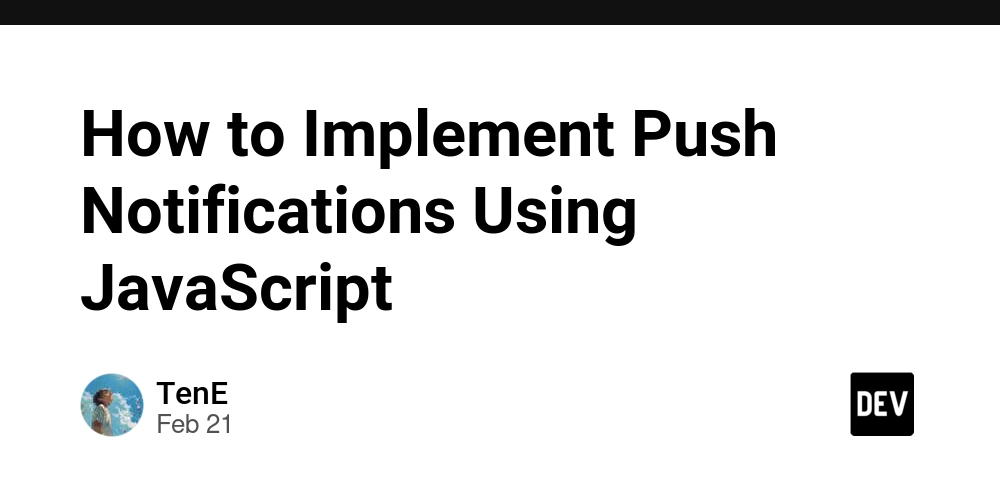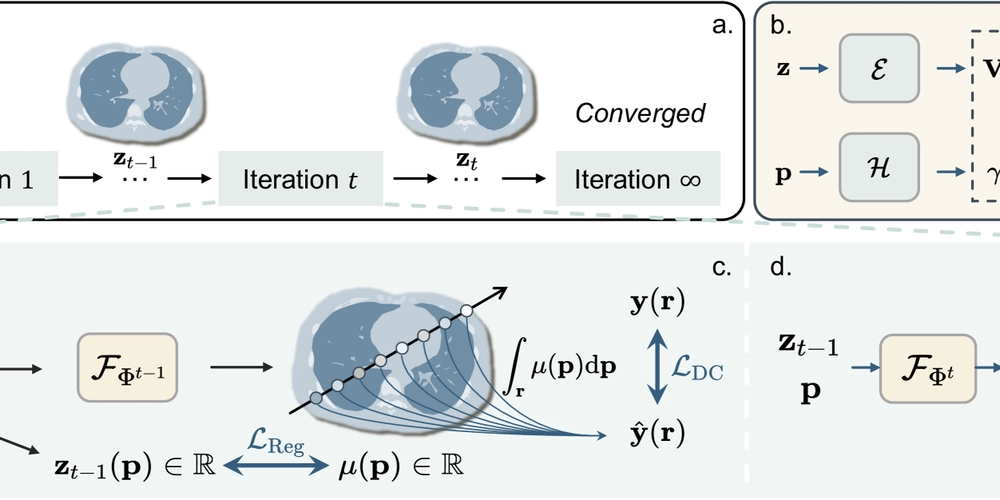Flutter for Mobile Game Development
Flutter is a versatile framework for developing cross-platform mobile apps. It offers high performance, an extensive library ecosystem, and smooth integration of graphics and animations. But is Flutter a good choice for game development? Let’s explore. Development speed Flutter speeds up game development with its Hot Reload feature, enabling instant updates without requiring a full restart. This ability to quickly make adjustments and see real-time results simplifies testing and optimization processes. Moreover, Flutter offers a rich set of pre-built components and libraries, saving valuable time in building the game's UI and core functionality. Cross-platform compatibility Flutter allows developers to build games for iOS, Android, and other platforms using a single codebase. This approach lowers development costs and streamlines maintenance by removing the need for separate platform-specific versions. The result is seamless performance and a consistent user experience across all devices. Animations and graphics Flutter utilizes the Skia engine to deliver high-quality animations and graphics with minimal latency. Libraries like Flame enable developers to seamlessly incorporate advanced visual effects, physics, and animations, ensuring smooth performance and an engaging interactive experience. Flutter game development tools and libraries Flame Flame is a lightweight 2D game engine built specifically for Flutter. It provides essential features for handling input, rendering, physics, and managing game objects. With Flame, developers can easily implement animations, physics interactions, and tile-based level design—key elements for creating engaging game environments. SpriteWidget SpriteWidget enables the creation of advanced 2D animations and effects using sprites—individual images combined to simulate movement. It’s perfect for games requiring detailed graphics and interactive elements, offering built-in support for particle effects, lighting, and texture animations. & other useful libraries: Rive – for interactive character and UI animations Audioplayers – for seamless sound effects and music playback Box2D – for realistic physics-based object interactions Vector_math – for efficient vector operations and mathematical calculations in game scenes Physics and interactivity in Flutter games Box2D Box2D enables realistic 2D object interactions, supporting gravity, collisions, friction, and bounces—essential for platformers, puzzle games, and arcade titles. In Flutter, Box2D is integrated via the Forge2D library, making it easier to implement physics-based gameplay. Gesture Handling and Custom Drawing Flutter’s GestureDetector processes user gestures such as taps, swipes, and pinch-to-zoom interactions. For more advanced custom gestures and real-time drawing, CustomPainter provides a powerful way to react to touch input and dynamically modify object appearances within the game environment. Flutter enables cross-platform development with a single codebase for Android and iOS, significantly reducing time and resource investment. Its high performance, extensive toolkit, rich library ecosystem, and diverse plugins allow developers to build smooth, high-quality games with ease.

Flutter is a versatile framework for developing cross-platform mobile apps. It offers high performance, an extensive library ecosystem, and smooth integration of graphics and animations. But is Flutter a good choice for game development? Let’s explore.
Development speed
Flutter speeds up game development with its Hot Reload feature, enabling instant updates without requiring a full restart. This ability to quickly make adjustments and see real-time results simplifies testing and optimization processes. Moreover, Flutter offers a rich set of pre-built components and libraries, saving valuable time in building the game's UI and core functionality.
Cross-platform compatibility
Flutter allows developers to build games for iOS, Android, and other platforms using a single codebase. This approach lowers development costs and streamlines maintenance by removing the need for separate platform-specific versions. The result is seamless performance and a consistent user experience across all devices.
Animations and graphics
Flutter utilizes the Skia engine to deliver high-quality animations and graphics with minimal latency. Libraries like Flame enable developers to seamlessly incorporate advanced visual effects, physics, and animations, ensuring smooth performance and an engaging interactive experience.
Flutter game development tools and libraries
Flame
Flame is a lightweight 2D game engine built specifically for Flutter. It provides essential features for handling input, rendering, physics, and managing game objects. With Flame, developers can easily implement animations, physics interactions, and tile-based level design—key elements for creating engaging game environments.
SpriteWidget
SpriteWidget enables the creation of advanced 2D animations and effects using sprites—individual images combined to simulate movement. It’s perfect for games requiring detailed graphics and interactive elements, offering built-in support for particle effects, lighting, and texture animations.
& other useful libraries:
- Rive – for interactive character and UI animations
- Audioplayers – for seamless sound effects and music playback
- Box2D – for realistic physics-based object interactions
- Vector_math – for efficient vector operations and mathematical calculations in game scenes
Physics and interactivity in Flutter games
Box2D
Box2D enables realistic 2D object interactions, supporting gravity, collisions, friction, and bounces—essential for platformers, puzzle games, and arcade titles. In Flutter, Box2D is integrated via the Forge2D library, making it easier to implement physics-based gameplay.
Gesture Handling and Custom Drawing
Flutter’s GestureDetector processes user gestures such as taps, swipes, and pinch-to-zoom interactions. For more advanced custom gestures and real-time drawing, CustomPainter provides a powerful way to react to touch input and dynamically modify object appearances within the game environment.
Flutter enables cross-platform development with a single codebase for Android and iOS, significantly reducing time and resource investment. Its high performance, extensive toolkit, rich library ecosystem, and diverse plugins allow developers to build smooth, high-quality games with ease.










































































































































































![[The AI Show Episode 142]: ChatGPT’s New Image Generator, Studio Ghibli Craze and Backlash, Gemini 2.5, OpenAI Academy, 4o Updates, Vibe Marketing & xAI Acquires X](https://www.marketingaiinstitute.com/hubfs/ep%20142%20cover.png)



























































































































![[FREE EBOOKS] The Kubernetes Bible, The Ultimate Linux Shell Scripting Guide & Four More Best Selling Titles](https://www.javacodegeeks.com/wp-content/uploads/2012/12/jcg-logo.jpg)



![From drop-out to software architect with Jason Lengstorf [Podcast #167]](https://cdn.hashnode.com/res/hashnode/image/upload/v1743796461357/f3d19cd7-e6f5-4d7c-8bfc-eb974bc8da68.png?#)






































































































.png?#)




.jpg?#)































_Christophe_Coat_Alamy.jpg?#)








































































































![Rapidus in Talks With Apple as It Accelerates Toward 2nm Chip Production [Report]](https://www.iclarified.com/images/news/96937/96937/96937-640.jpg)









































































































































